How Many Solar Panels To Heat A Pool?
Heating a pool using solar panels is an increasingly popular and environmentally friendly option. However, determining the number of solar panels required to heat a pool involves several factors, including the size of the pool, the local climate, the desired water temperature, and the efficiency of the solar panels. In this article, we will explore these factors in detail and provide a comprehensive guide to help you calculate the number of solar panels needed to heat your pool effectively.
Understanding Pool Heating Requirements

Before diving into the specifics of solar panels, it is essential to understand the heating requirements of your pool. The primary factors that influence these requirements include:
1. Pool Size: The surface area of the pool is a critical factor. Larger pools require more energy to heat.
2. Desired Temperature: The target temperature you want to maintain in your pool will affect the heating requirements. Typically, pool temperatures range from 78°F to 82°F (25.5°C to 27.7°C).
3. Climate: The local climate plays a significant role in determining the amount of solar energy available. Sunny regions will have more solar energy available compared to cloudy or colder regions.
4. Pool Usage: How often and during which seasons you use the pool will also impact the heating requirements. Year-round usage will require more energy compared to seasonal usage.
Calculating the Heating Load

To determine the number of solar panels needed, you first need to calculate the heating load of your pool. The heating load is the amount of energy required to raise the pool water to the desired temperature. This can be calculated using the following formula:
\[ \text{Heating Load (BTU/day)} = \text{Pool Surface Area (sq. ft.)} \times \text{Temperature Rise (°F)} \times 12 \]
Where:
- Pool Surface Area is the length multiplied by the width of the pool.
- Temperature Rise is the difference between the desired pool temperature and the average air temperature.
For example, if you have a pool with a surface area of 500 square feet and you want to raise the temperature by 10°F, the heating load would be:
\[ 500 \, \text{sq. ft.} \times 10 \, \text{°F} \times 12 = 60,000 \, \text{BTU/day} \]
Solar Panel Efficiency
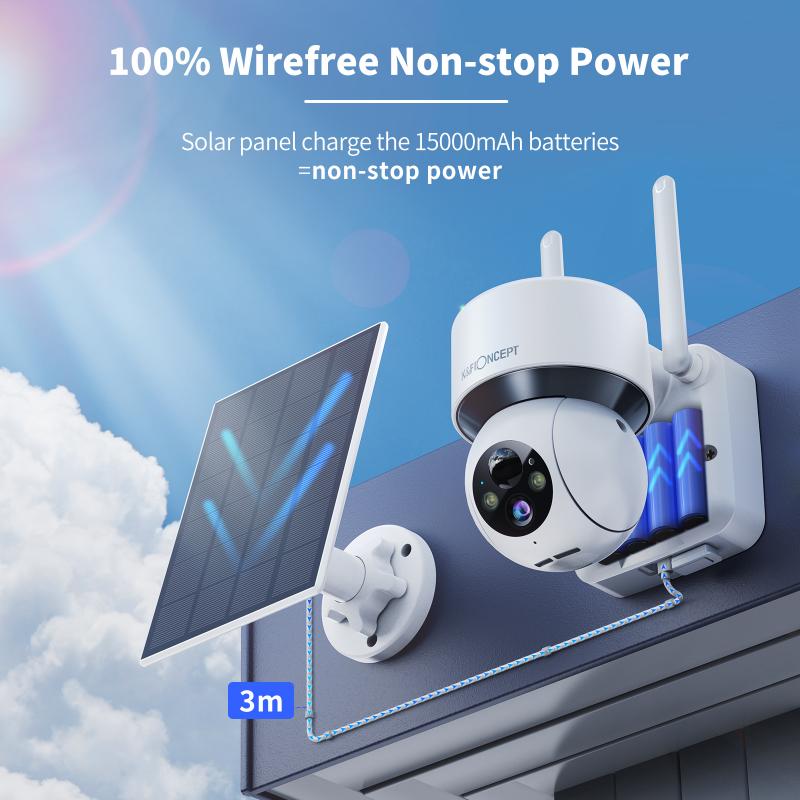
Solar panels convert sunlight into heat, and their efficiency is a crucial factor in determining how many panels you need. The efficiency of solar panels is typically measured in terms of their ability to convert solar energy into usable heat. On average, solar panels have an efficiency rate of about 50-80%.
To calculate the energy output of a solar panel, you can use the following formula:
\[ \text{Energy Output (BTU/day)} = \text{Solar Panel Area (sq. ft.)} \times \text{Solar Insolation (BTU/sq. ft./day)} \times \text{Efficiency} \]
Where:
- Solar Panel Area is the surface area of the solar panel.
- Solar Insolation is the amount of solar energy received per square foot per day, which varies by location.
- Efficiency is the conversion efficiency of the solar panel.
For instance, if you have a solar panel with an area of 40 square feet, located in a region with an average solar insolation of 1,500 BTU/sq. ft./day, and an efficiency of 70%, the energy output would be:
\[ 40 \, \text{sq. ft.} \times 1,500 \, \text{BTU/sq. ft./day} \times 0.70 = 42,000 \, \text{BTU/day} \]
Determining the Number of Solar Panels
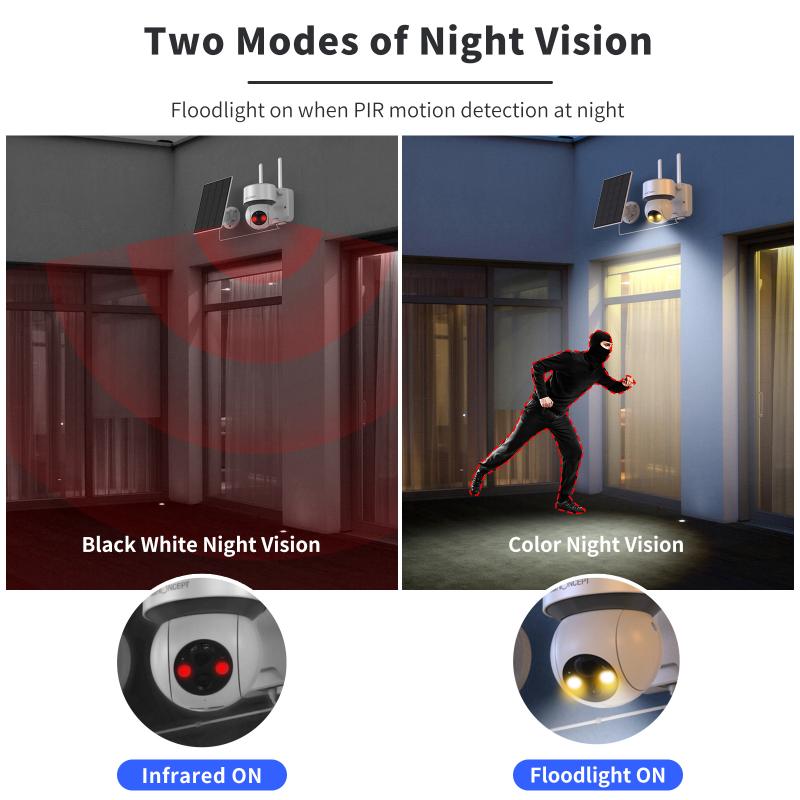
Once you have calculated the heating load and the energy output of a single solar panel, you can determine the number of solar panels required to heat your pool. This can be done using the following formula:
\[ \text{Number of Solar Panels} = \frac{\text{Heating Load (BTU/day)}}{\text{Energy Output per Panel (BTU/day)}} \]
Using the previous examples, if your pool's heating load is 60,000 BTU/day and each solar panel produces 42,000 BTU/day, the number of solar panels needed would be:
\[ \frac{60,000 \, \text{BTU/day}}{42,000 \, \text{BTU/day}} \approx 1.43 \]
Since you cannot have a fraction of a solar panel, you would need at least 2 solar panels to meet the heating requirements of your pool.
Additional Considerations
While the above calculations provide a basic understanding of the number of solar panels needed, there are additional factors to consider:
1. Orientation and Tilt: The orientation and tilt of the solar panels can significantly impact their efficiency. Ideally, solar panels should be oriented towards the south (in the Northern Hemisphere) and tilted at an angle equal to the latitude of your location.
2. Shading: Ensure that the solar panels are not shaded by trees, buildings, or other obstructions, as shading can reduce their efficiency.
3. Pool Cover: Using a pool cover can help retain heat and reduce the overall heating load, thereby reducing the number of solar panels needed.
4. Maintenance: Regular maintenance of the solar panels, such as cleaning and checking for damage, can help maintain their efficiency.
Heating a pool with solar panels is an eco-friendly and cost-effective solution. By understanding the heating requirements of your pool and the efficiency of solar panels, you can accurately determine the number of panels needed to maintain your desired pool temperature. Remember to consider additional factors such as orientation, shading, and the use of a pool cover to optimize the performance of your solar heating system. With the right setup, you can enjoy a warm and inviting pool while minimizing your environmental impact.


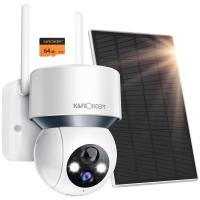



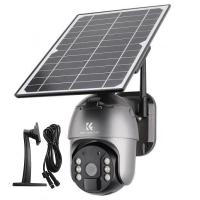
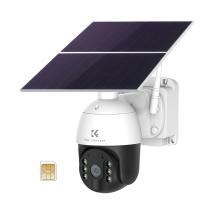
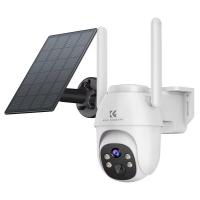
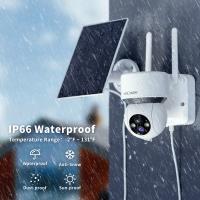
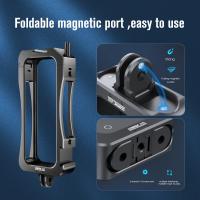
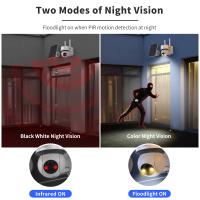
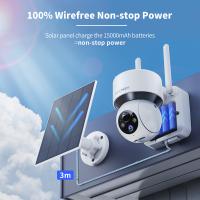




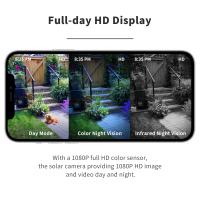
There are no comments for this blog.